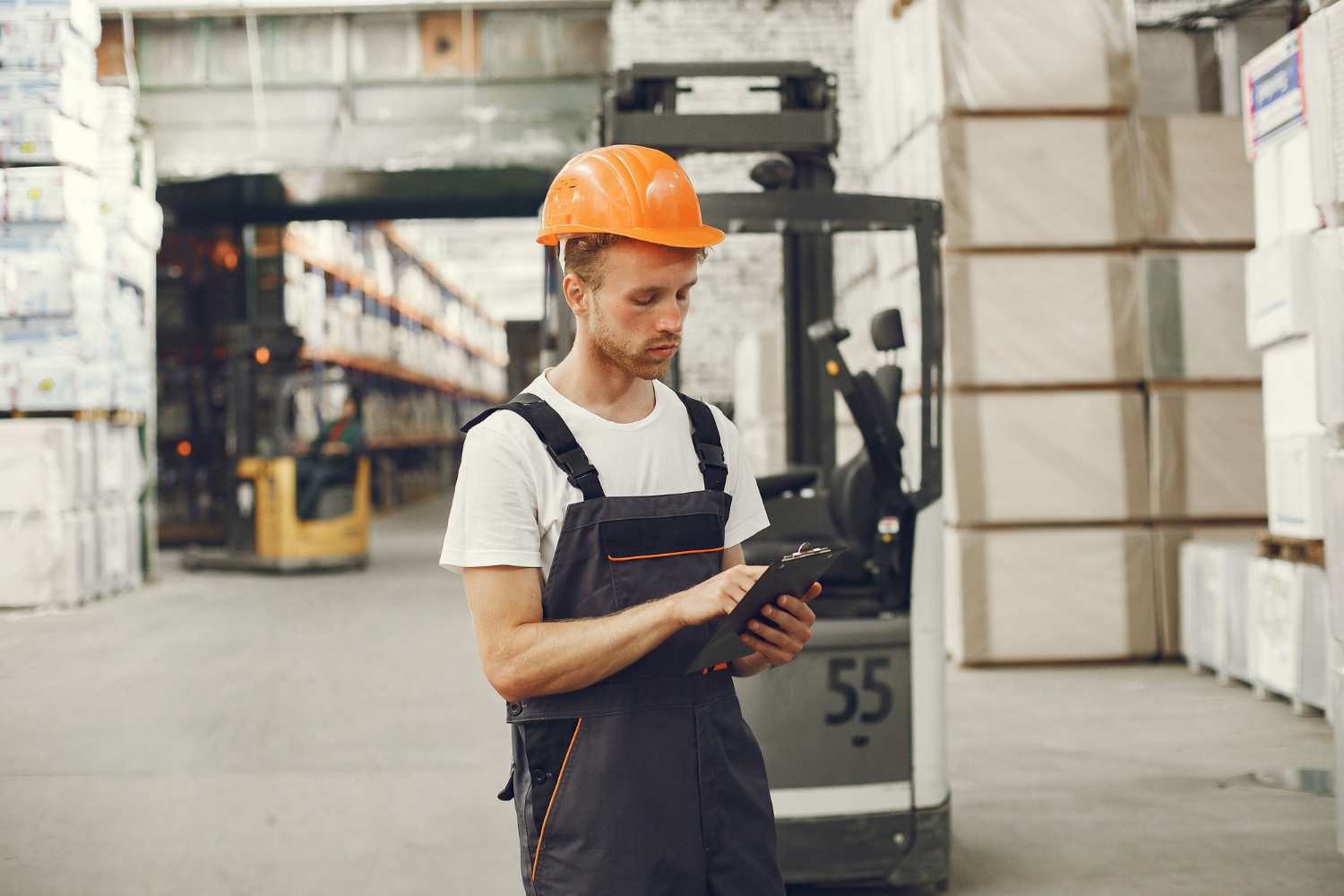
Have you ever had a forklift die on you right in the middle of a shift? No warning. Just… dead. Everything stops. Now you’re calling maintenance, rerouting staff, and calming clients. It’s chaos. The thing is, it didn’t have to happen. Smart tech’s changing that. Machines are talking now. They're telling us what’s wrong before it even feels wrong. The shift is happening everywhere—from big logistics warehouses to small ops.
And it starts with dependable stuff. Like industrial forklift batteries by Deka. Because if your gear’s not solid, even the smartest system won’t save you.
Before, it was all “fix it when it breaks.” You waited. Something smoked or clanked weird, then you called someone. Later, people got smarter. They scheduled maintenance every few weeks. Better, yeah. But not perfect. Now we’ve entered the predictive phase.
That means your equipment tells you when it's starting to wear out. Not after it breaks. Sensors track stuff—heat, noise, movement. Software picks up patterns. Maybe it notices a motor getting hotter faster than usual. That’s a flag. A little thing that saves you a big headache down the road.
You don’t need to be a data expert to use it either. These systems are built to help, not confuse. The idea? Spot the problem before it becomes a problem.
You can’t fix what you can’t see. That’s why real-time monitoring is such a game-changer. Today’s monitoring systems act like a sixth sense for your equipment. They track every little thing: voltage dips, internal temperature, usage cycles, idle time.
You don’t have to guess anymore. You know what’s happening—right now. No more “maybe it’ll make it through the day.” If something's off, the system tells you. Instantly.
Here’s how it usually plays out. A sensor notices your forklift’s motor is running hotter than usual. No big alarm yet—but it flags it. You get a heads-up on your dashboard. Then it happens again the next shift. Now the system recognizes a pattern. Sends an alert. Maybe it’s dust clogging a vent, or a worn-out bearing. You check it, clean it, swap a part, whatever. Crisis avoided. All because the tech whispered before the machine screamed.
What’s cool is you don’t have to be glued to a terminal. Most platforms sync with mobile apps now. You could be grabbing coffee or walking the floor, and boom—your phone pings. “Battery #12 showing reduced charge retention.” It’s that simple.
Let’s slow down and talk about batteries. Not exciting, I know. But they’re kind of the unsung hero. Everything depends on them. You don’t want to find out yours is weak in the middle of peak hours.
Power isn't just about turning things on. It’s about how long they last, how stable they are, and whether they can support all the tech now built into your machines.
That’s why reliable power is a big deal. And yeah, industrial forklift batteries by Deka are leading the charge—no pun intended. They hold up. They don’t surprise you with mid-shift failures. They charge faster, and they don’t throw off false alarms just because they’re inconsistent.
And if your system’s running on bad power? Forget predictive maintenance. It’s giving you junk data. So yeah—strong batteries make smart tech work smarter.
Look, tech is great. But people are better. You still need humans to notice stuff. To respond to alerts. To trust what the system is saying.
The thing is, not everyone’s quick to adopt new tools. Some folks still think the old way is fine. That’s normal. But they’ll come around—if you make it easy. Start small. Show them what the alerts mean. Let them see how avoiding one breakdown saves hours.
Also, ask for their input. They’ve got the experience. They know when something feels off, even before the system does. Make them part of it, not just people who follow orders. That’s how you build a culture that works with the tech, not against it.
Smart tech isn’t just about shiny gadgets or fancy dashboards. It’s about control. It’s about knowing what’s happening with your equipment—before it ruins your day. Reliable batteries. Real-time updates. A team that’s paying attention. It’s not a dream setup. It’s actually doable. The first step? Committing to smarter equipment maintenance. You’ll spend less time putting out fires and more time moving forward.